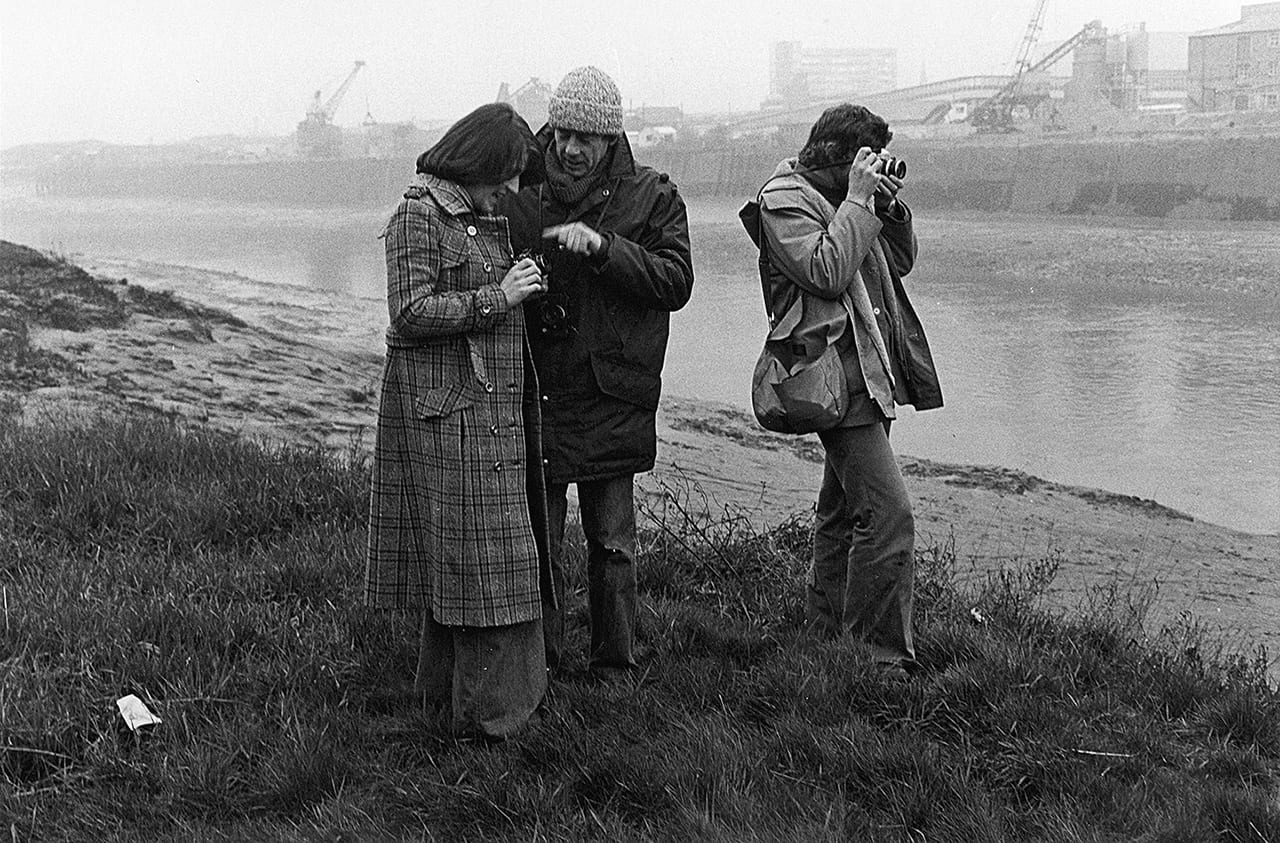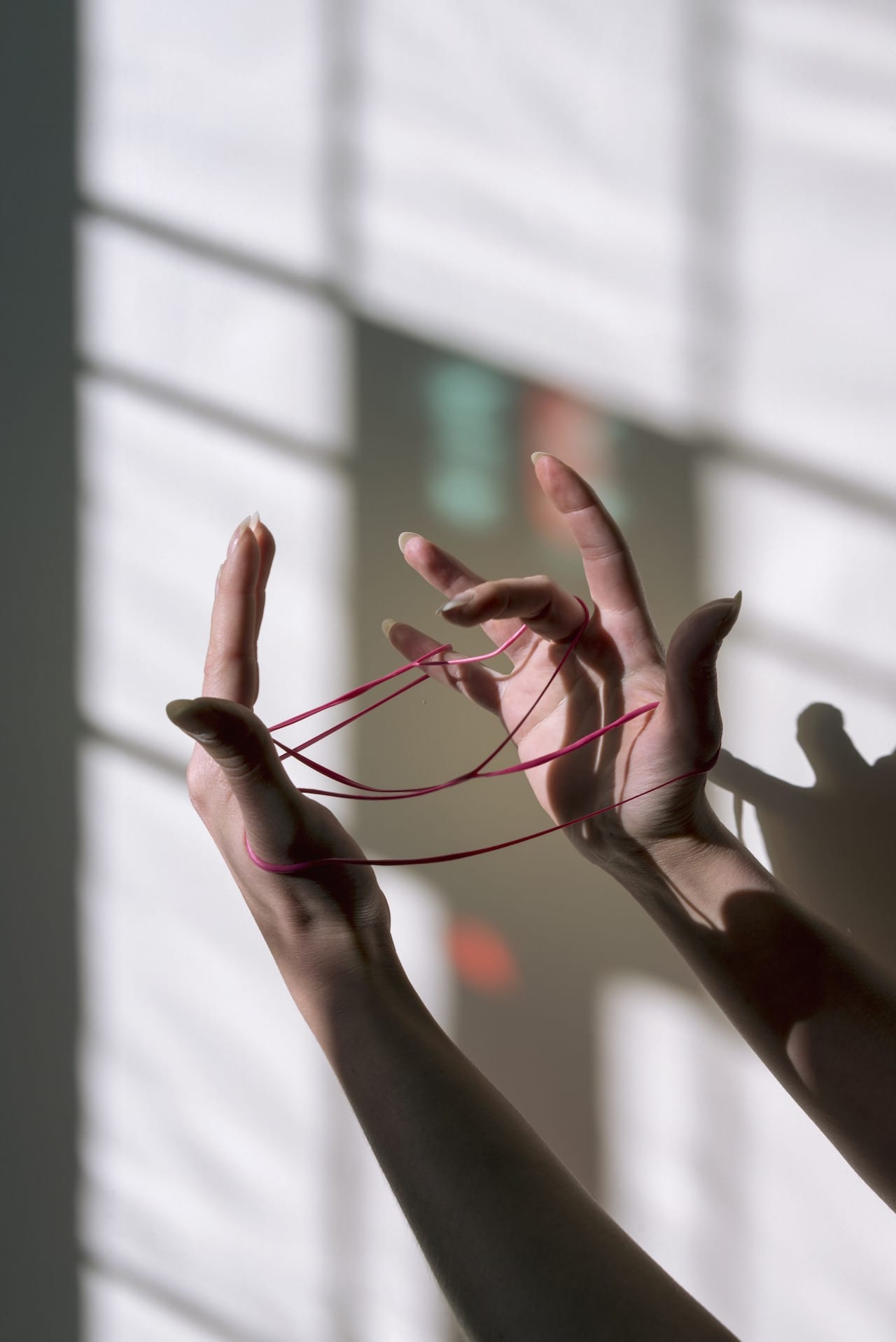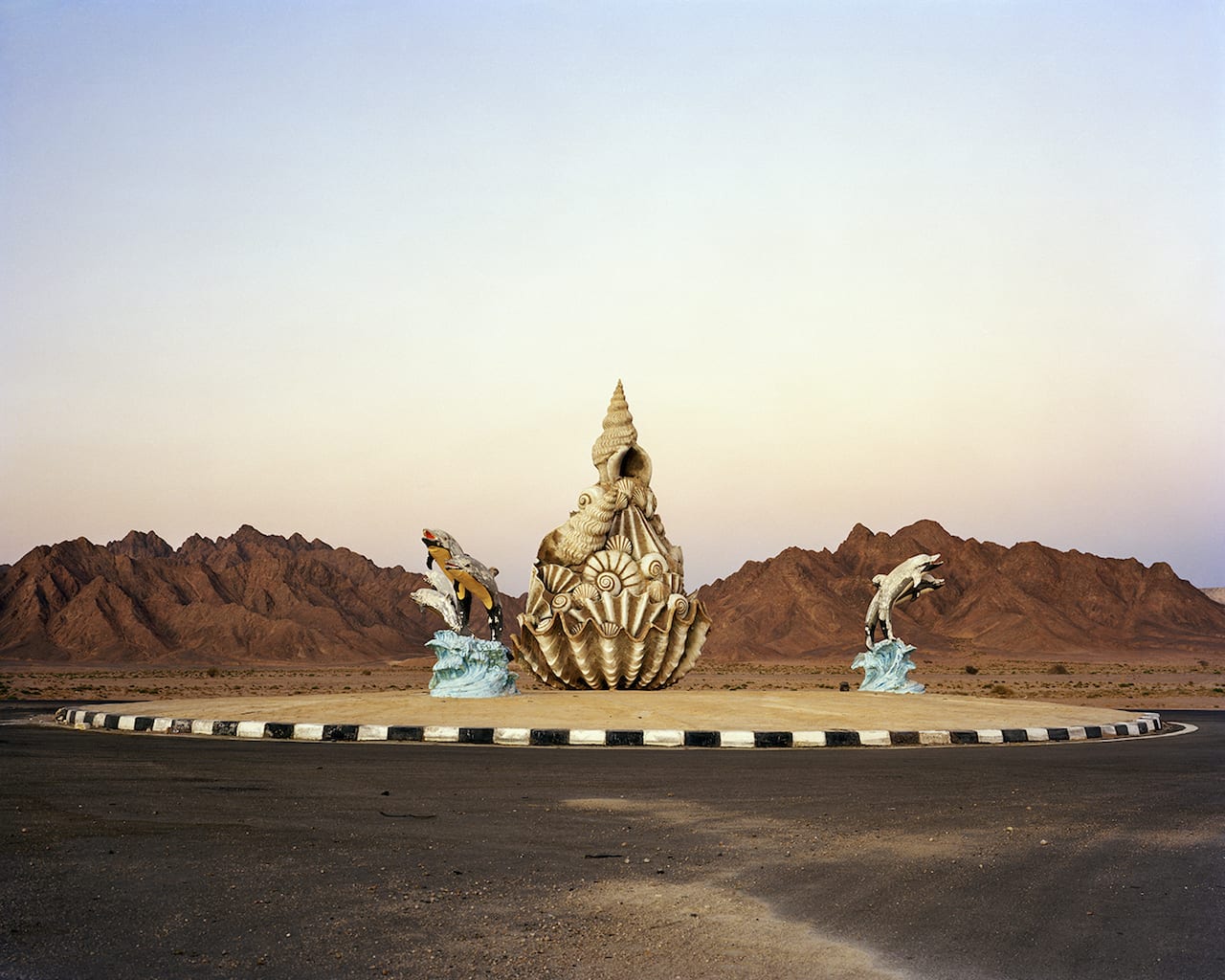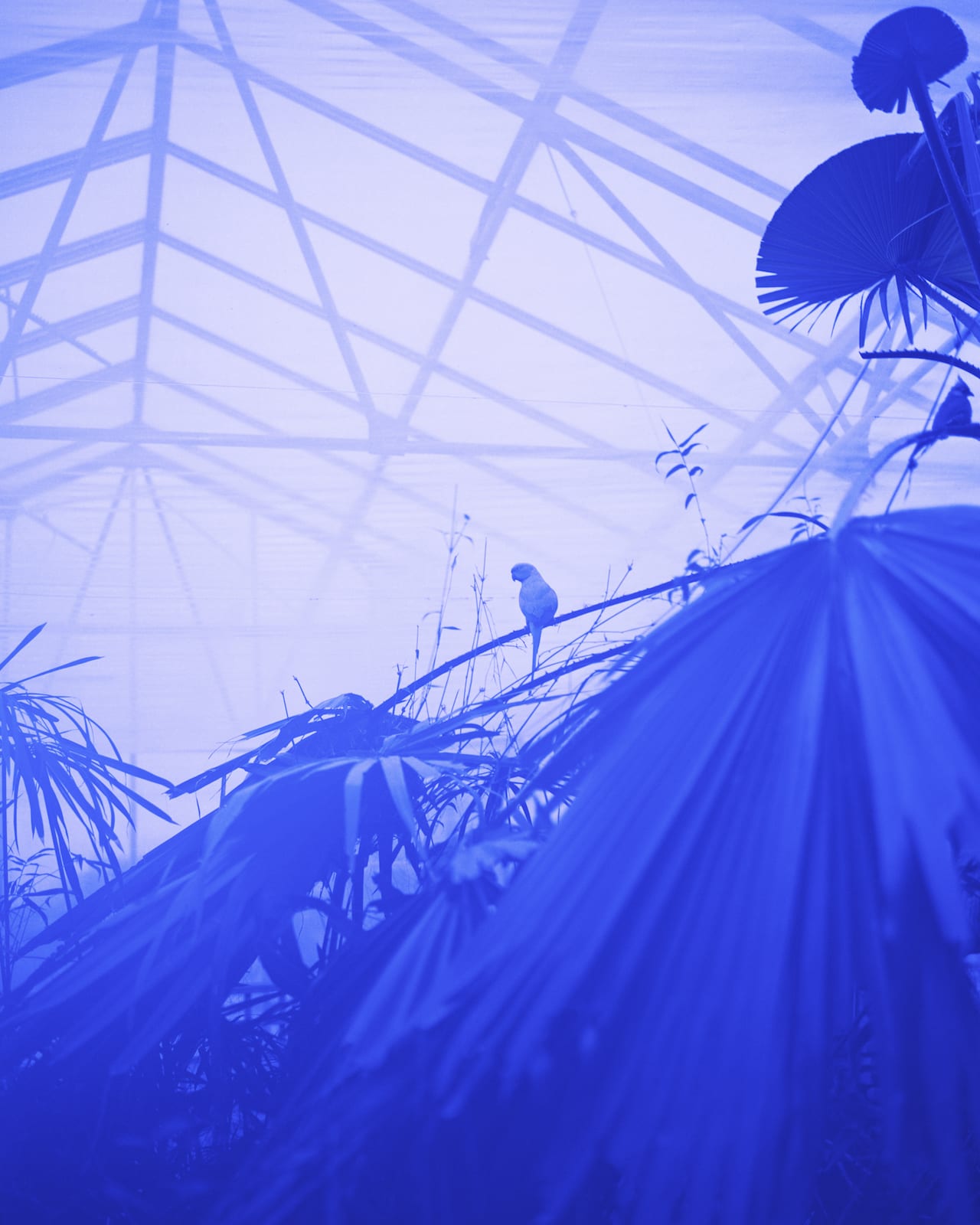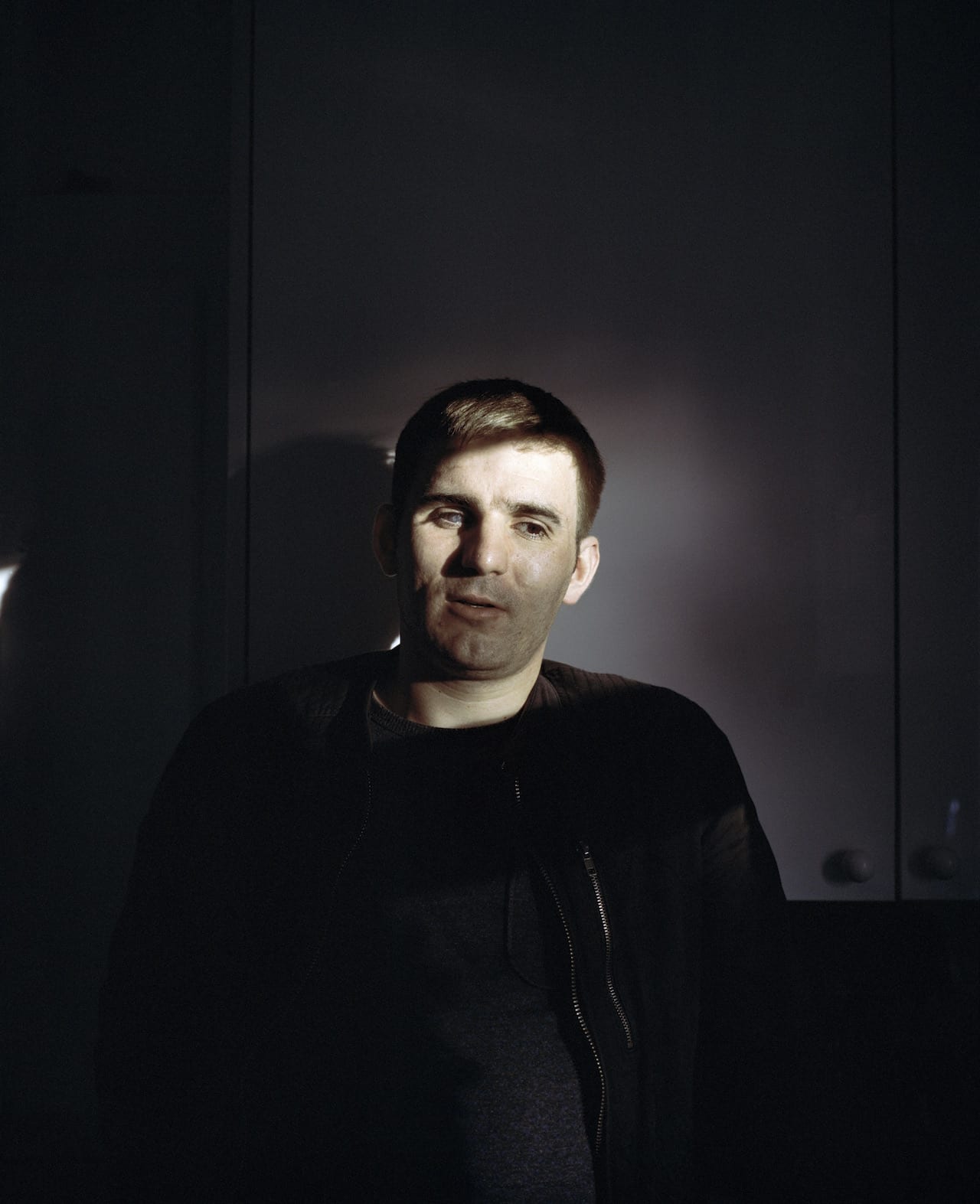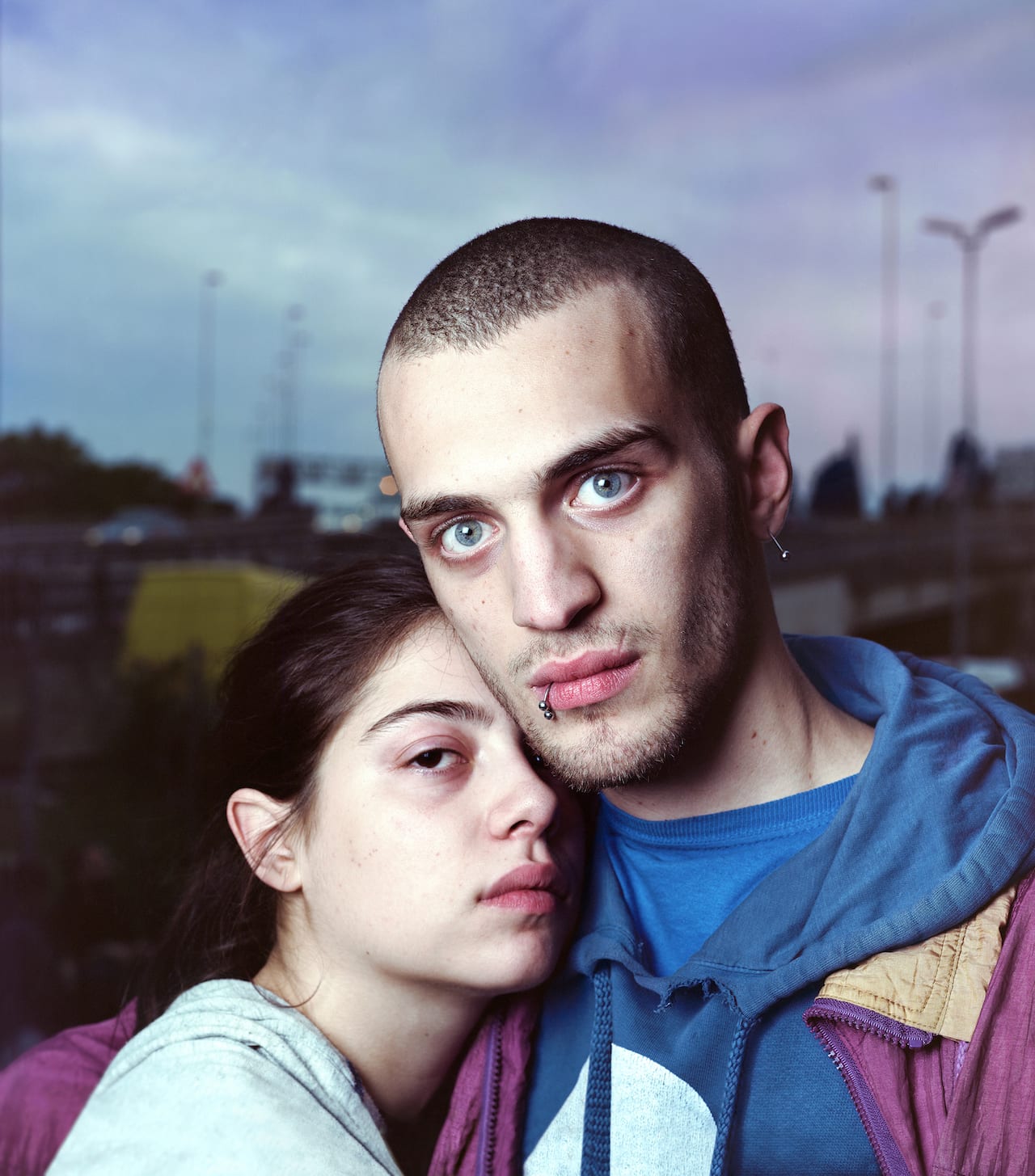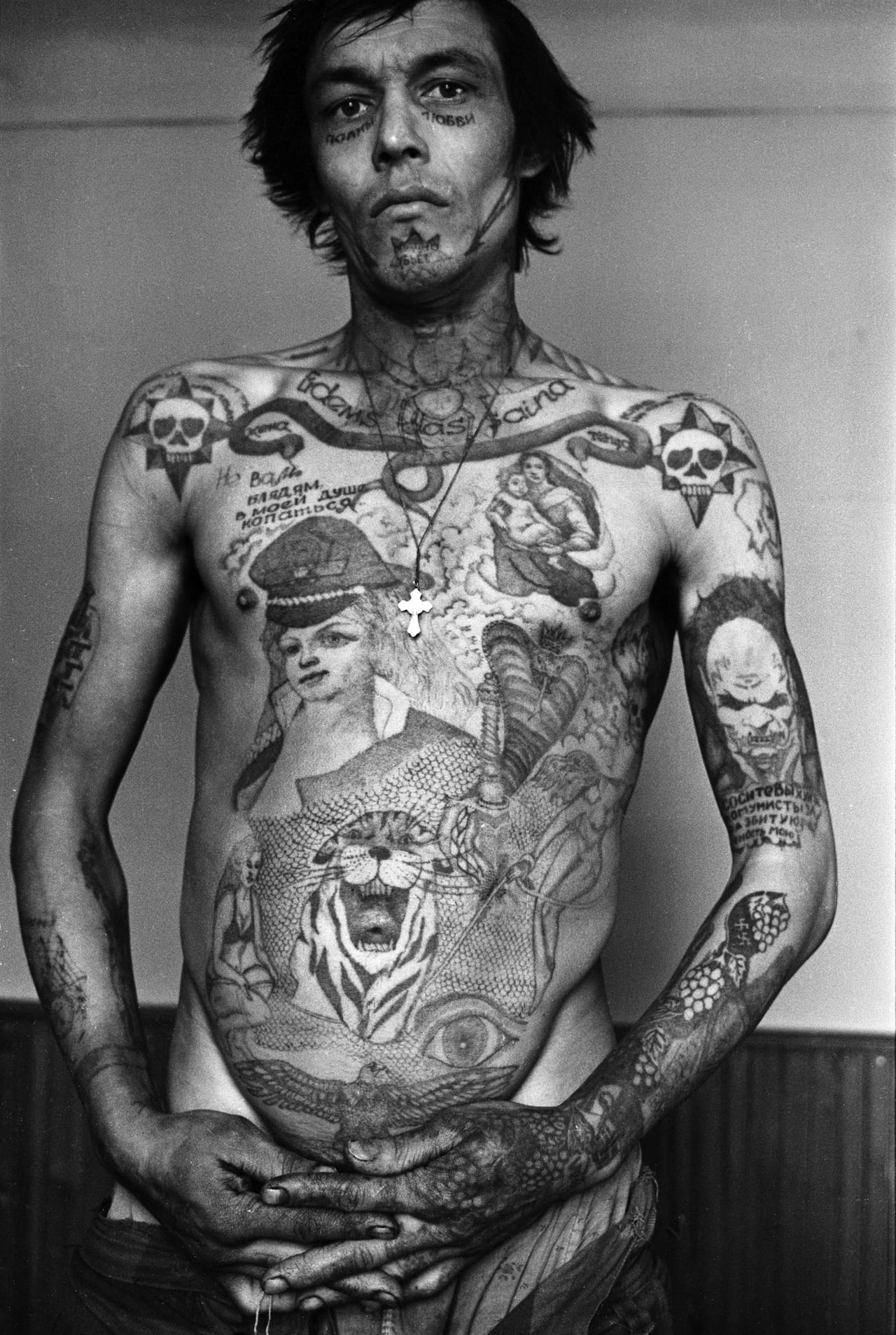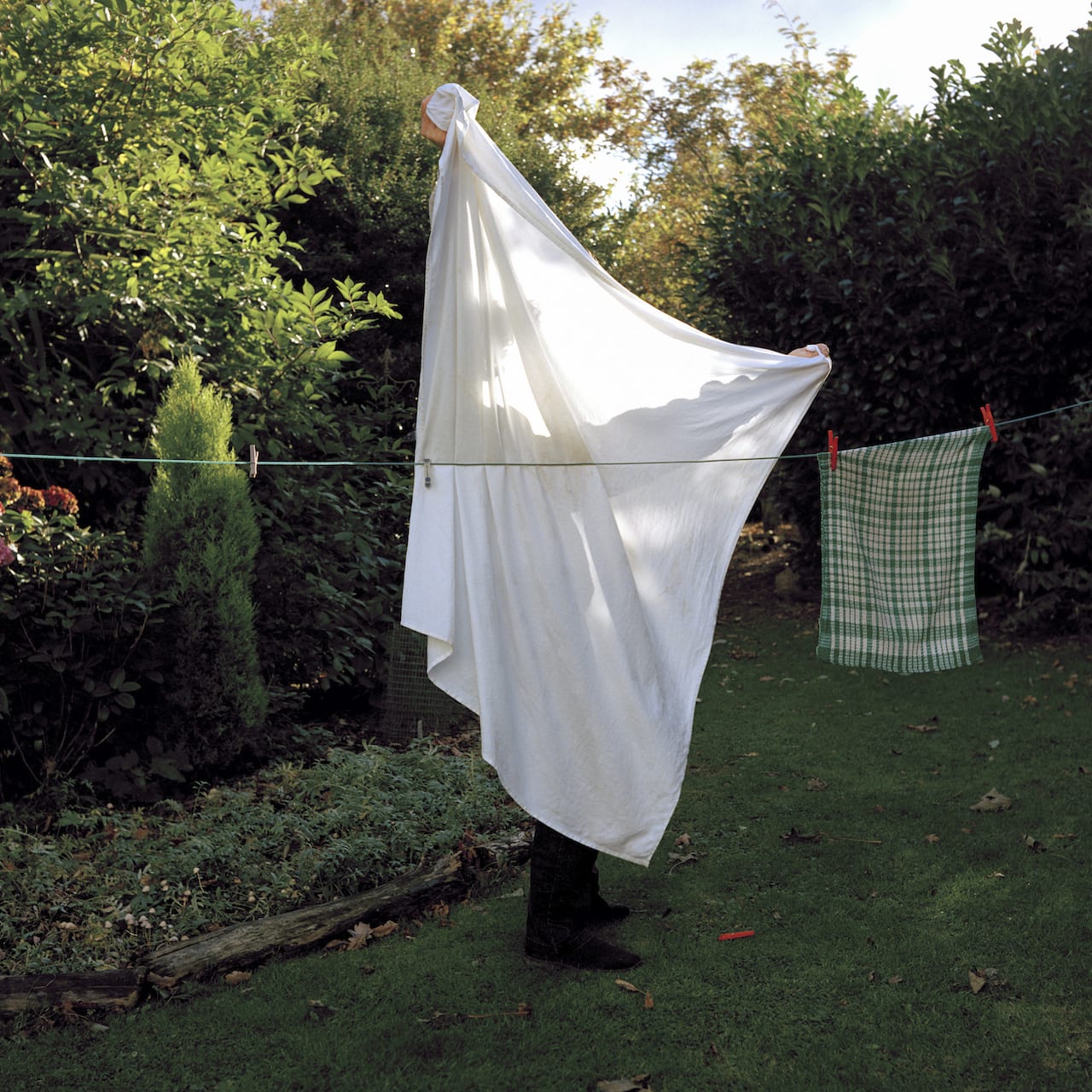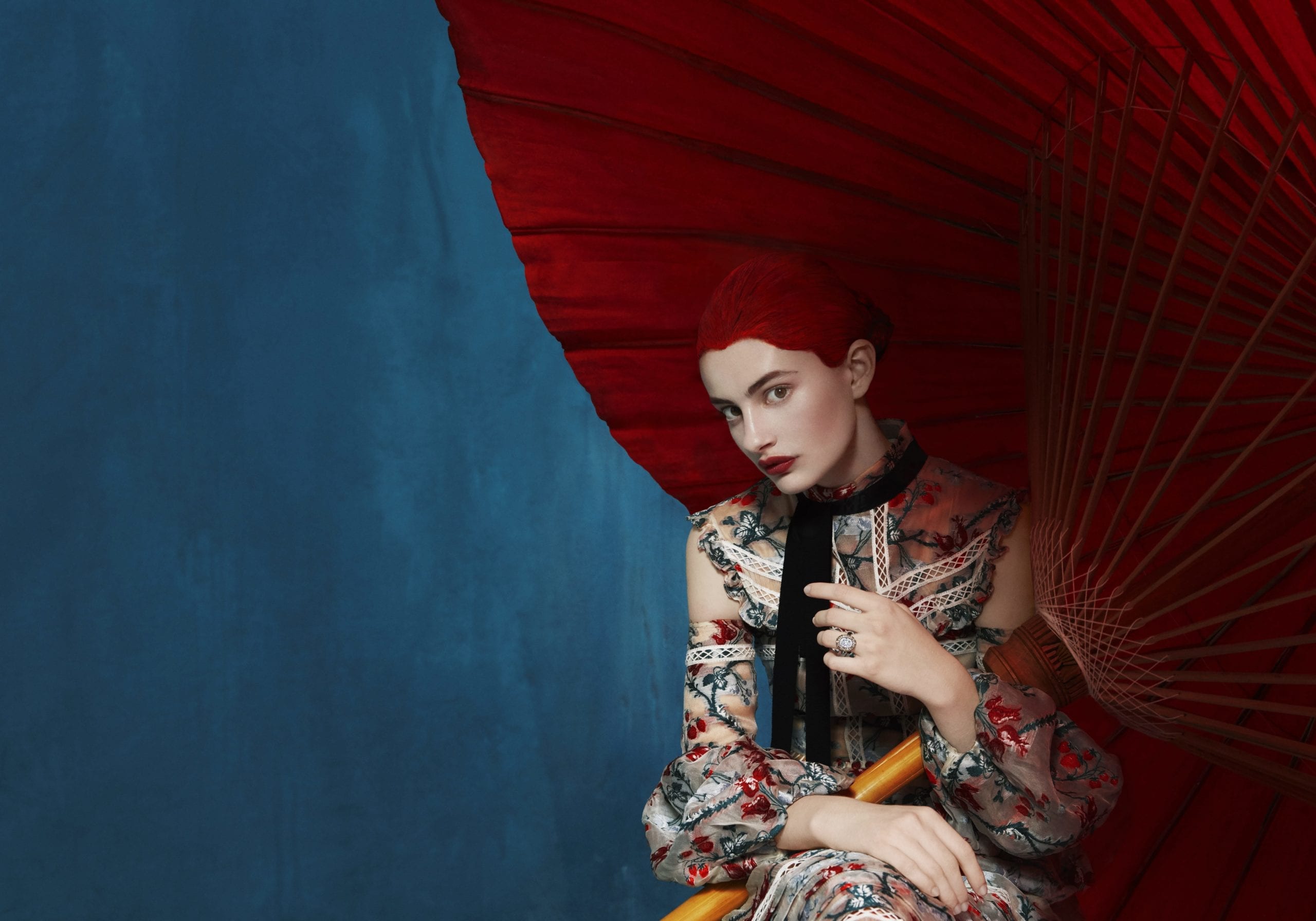For over four decades, the documentary photography course has forged a reputation as one of the UK’s leading photography teaching destinations. In fact, the very first photography class can be dated back even further to 1912, when it was introduced by the head of the school of art at Newport Technical Institute. The course, however, was set up in 1973 by Magnum photographer David Hurn as a 12-month Training Opportunities Scheme to ‘re-skill’ miners and steelworkers.
